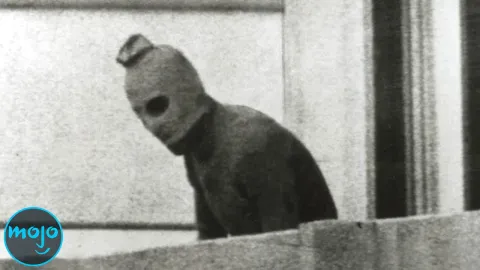20 Most Vicious Acts of REVENGE in History

Bayezid I
https://youtu.be/lg7c467h9Wo?si=-m6yR9kJBeY7Imai&t=20
[b]https://www.google.com/search?q=anatolia+pronounce&oq=Anatolia+pronounce&gs_lcrp=EgZjaHJvbWUqDQgAEAAYkQIYgAQYigUyDQgAEAAYkQIYgAQYigUyCAgBEAAYFhgeMg0IAhAAGIYDGIAEGIoFMg0IAxAAGIYDGIAEGIoFMg0IBBAAGIYDGIAEGIoFMgoIBRAAGIAEGKIEMgoIBhAAGIAEGKIE0gEJNDcyM2owajE1qAIIsAIB&sourceid=chrome&ie=UTF-8
[c]https://youtu.be/ZT2ynrZ5sro?si=xkUzry5ExOl_BxbT&t=347
Sign in
to access this feature